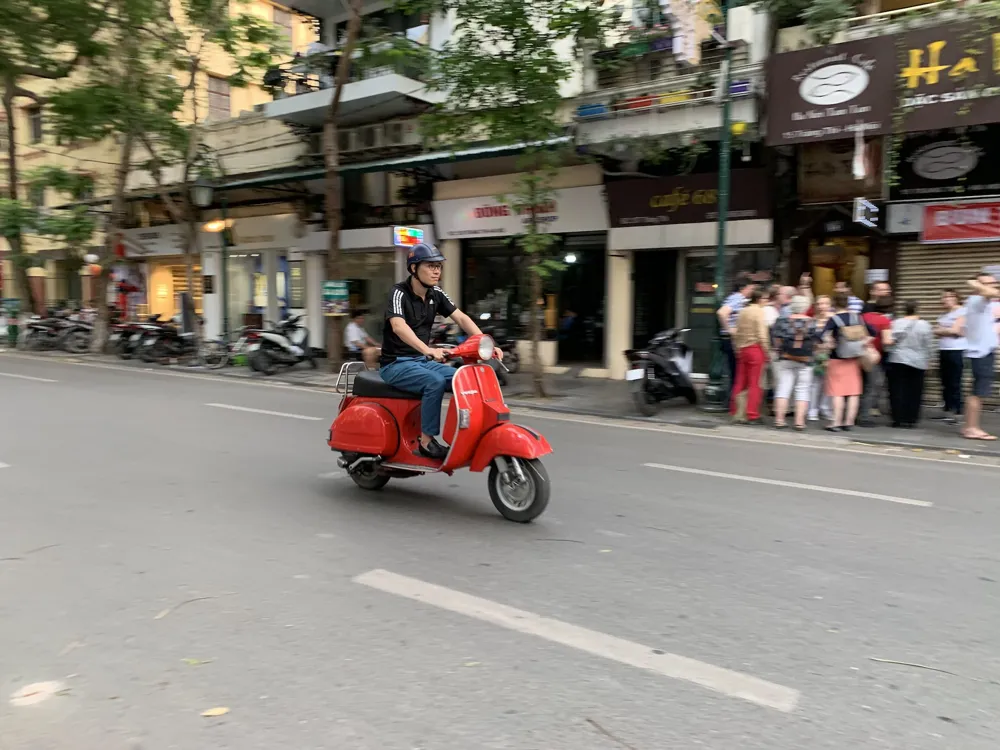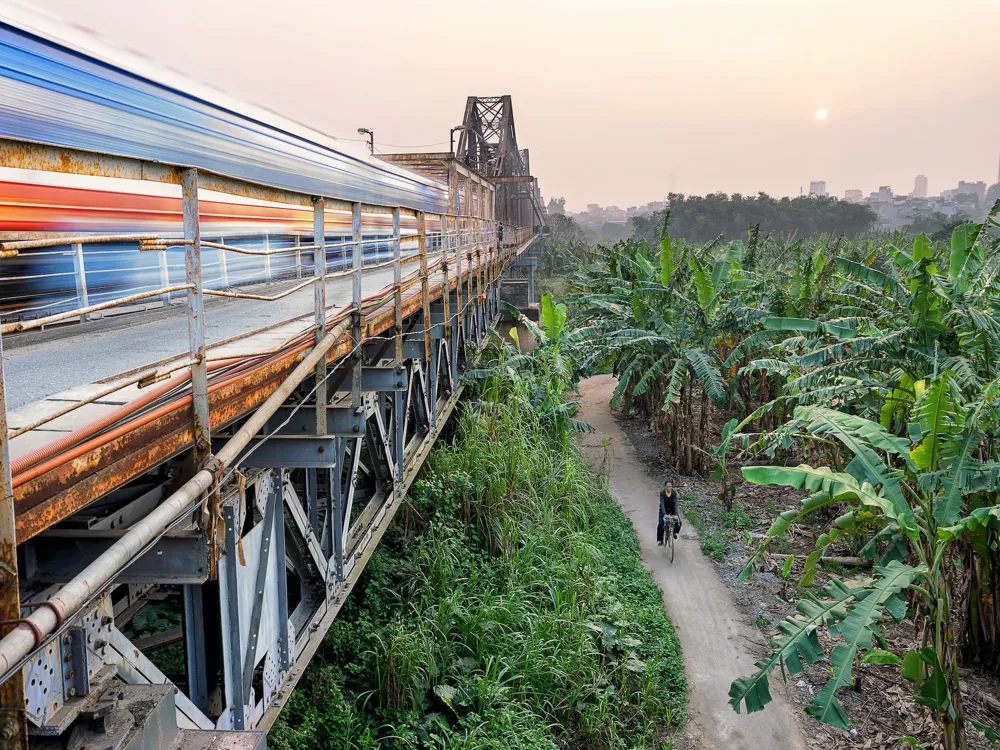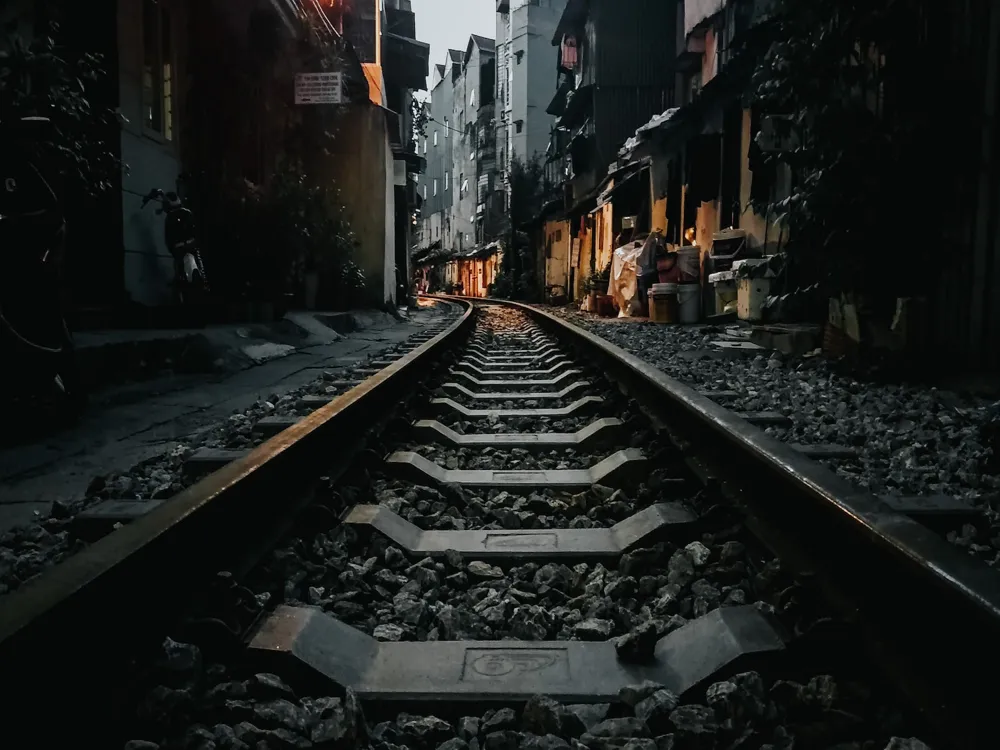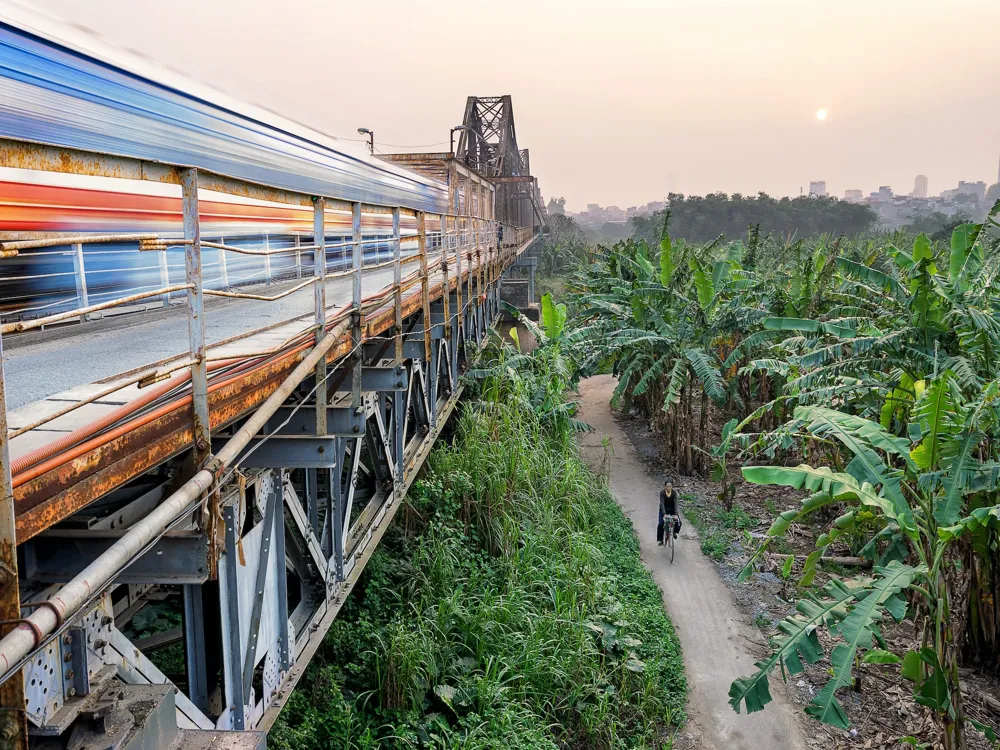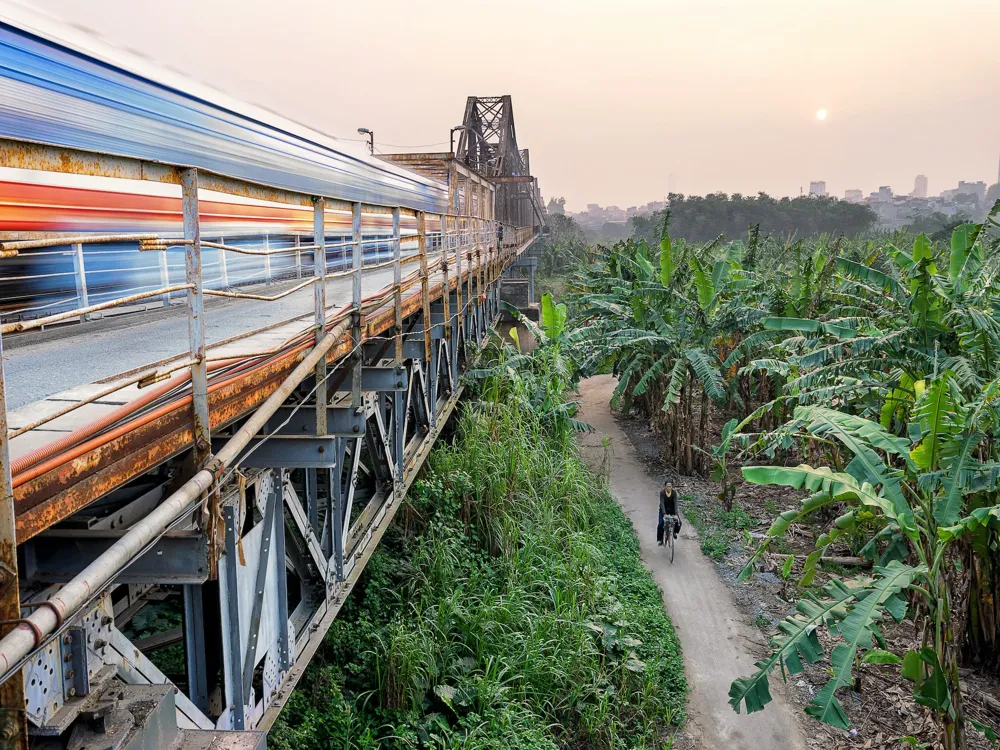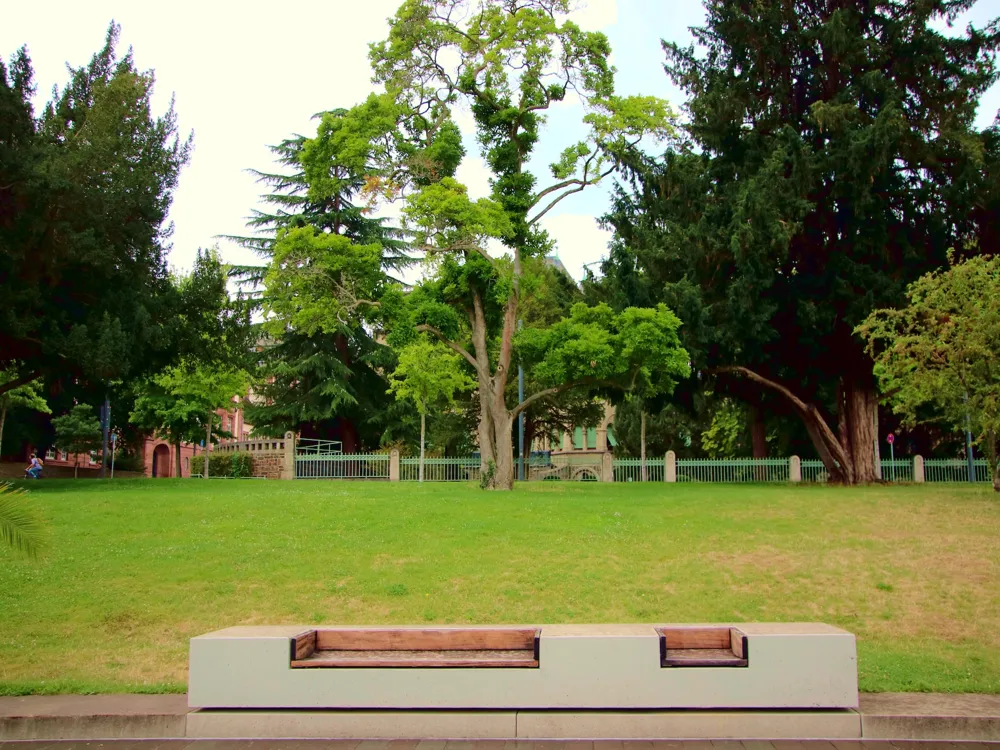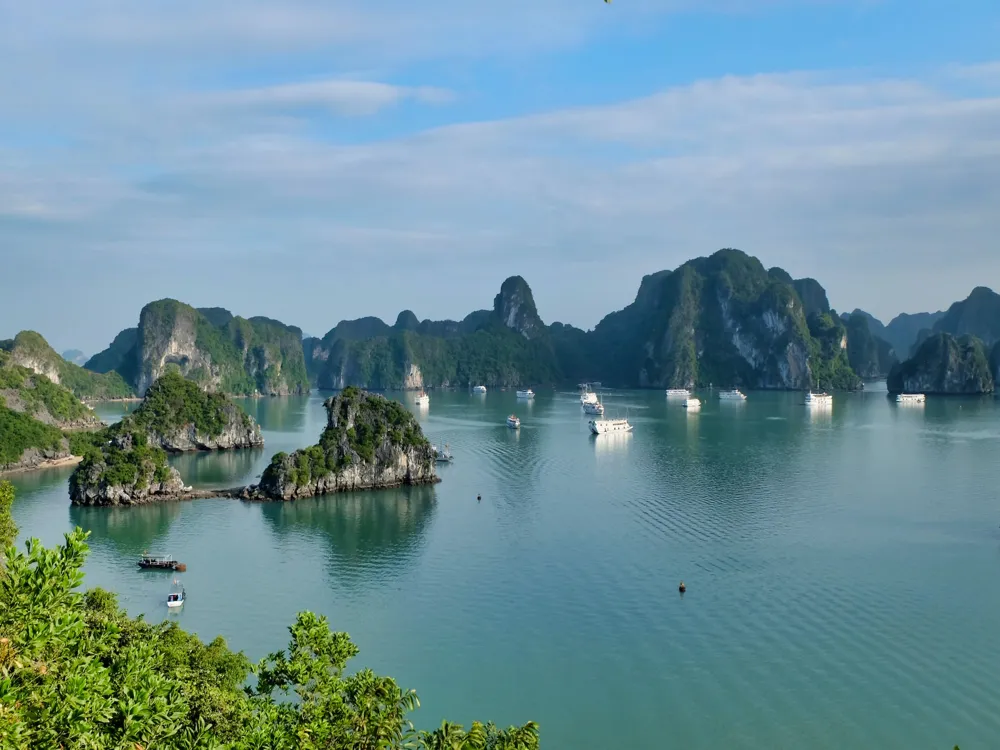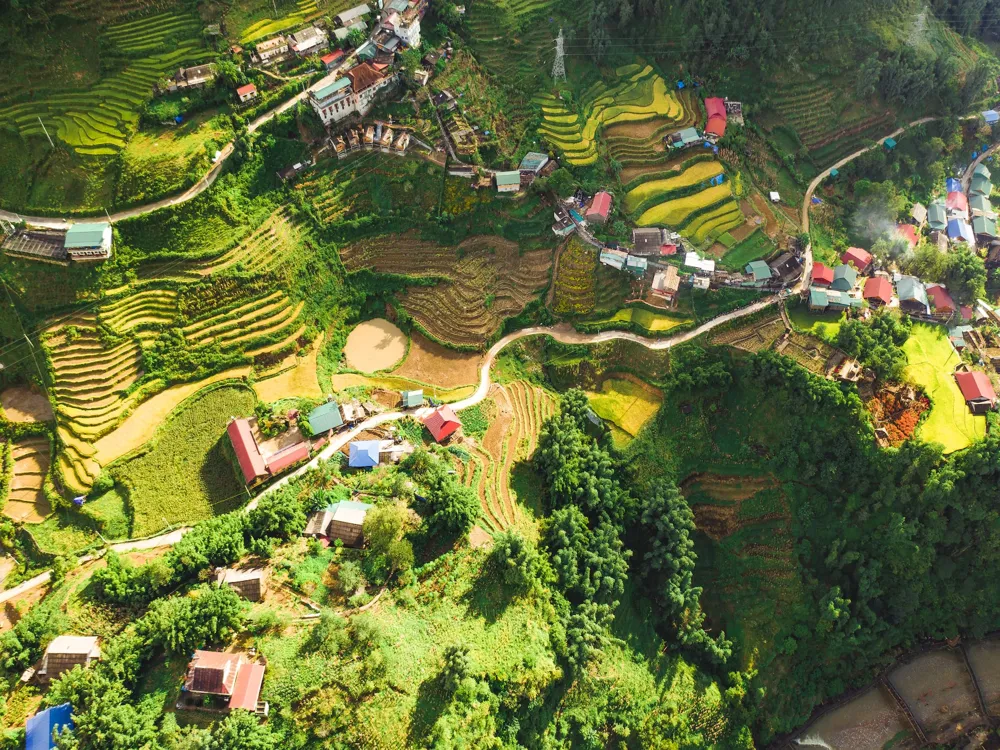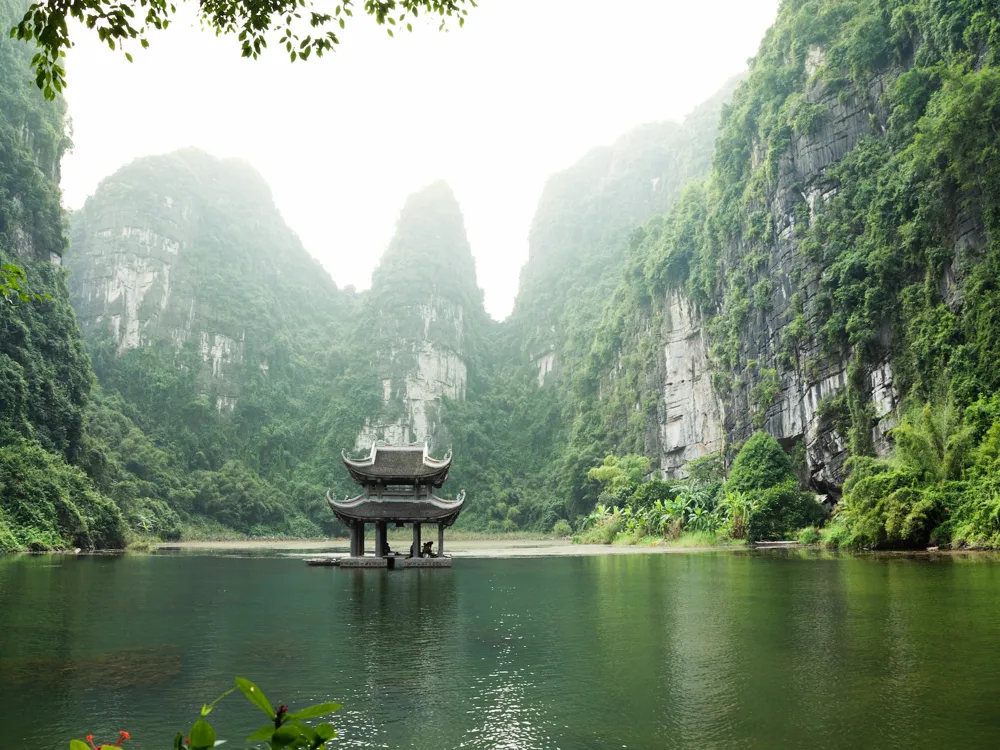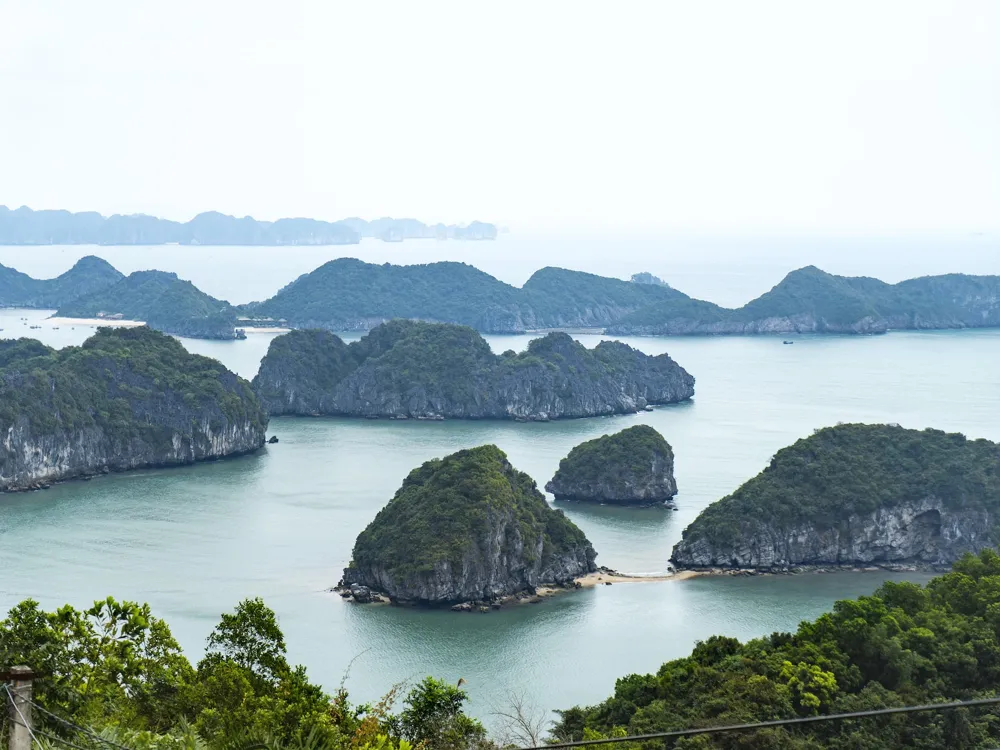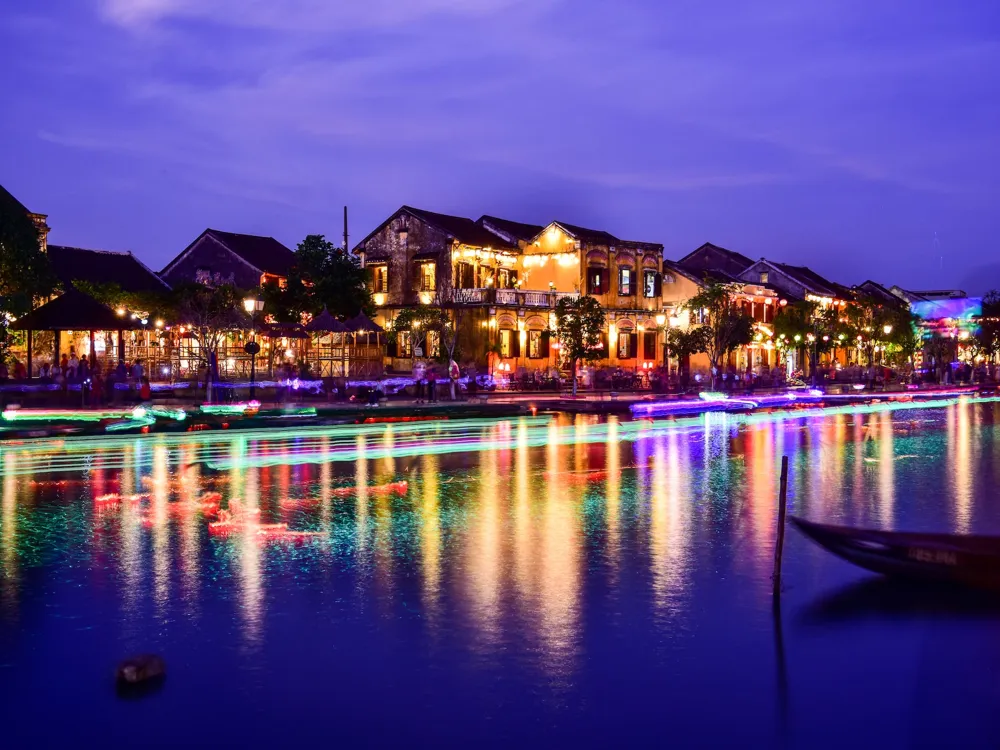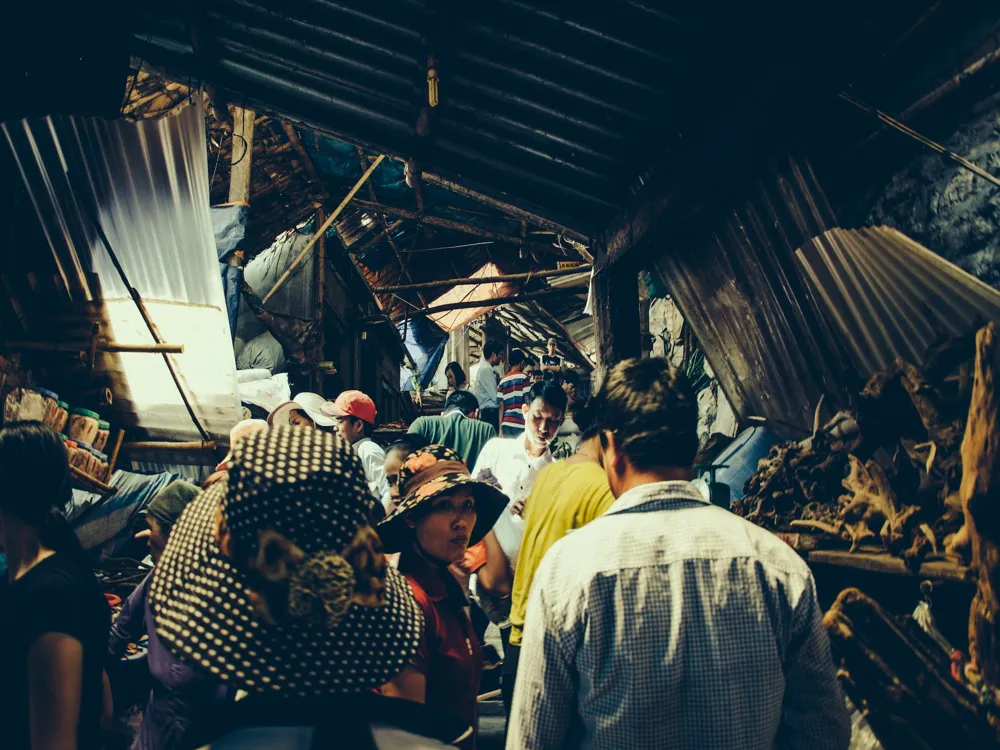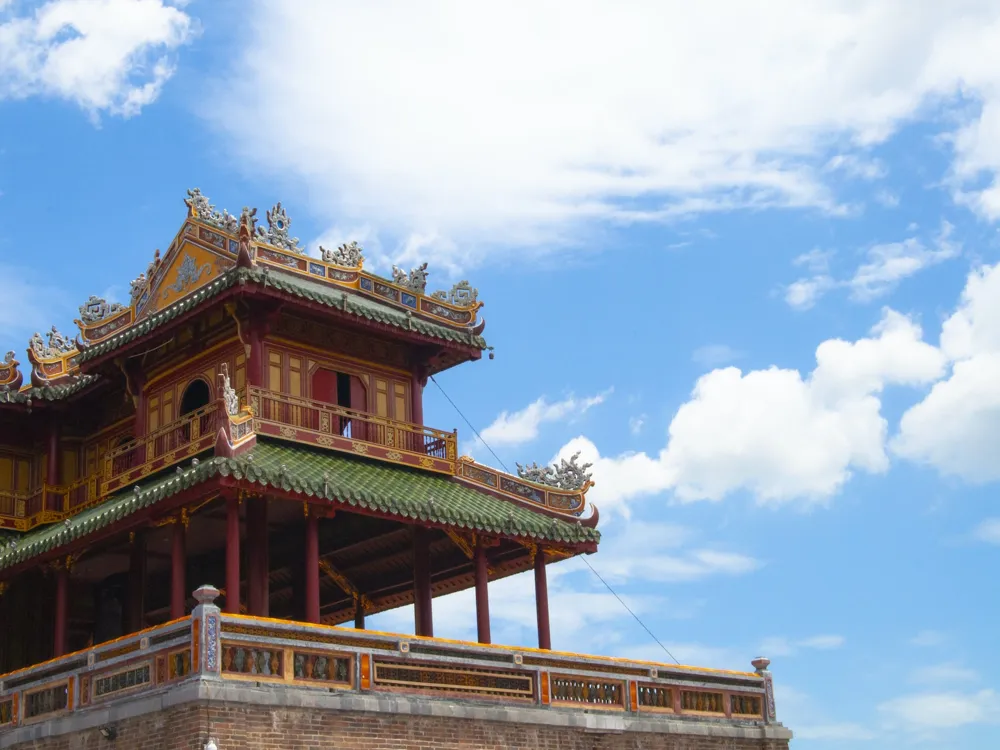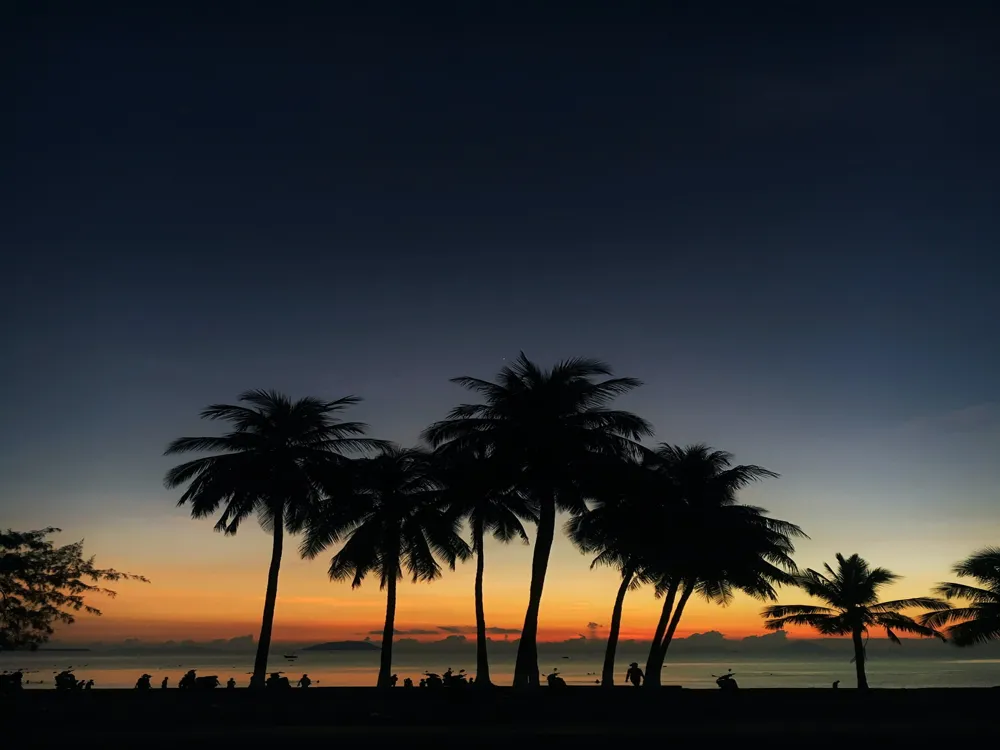Hanoi, the capital city of Vietnam, is a fascinating blend of East and West, combining traditional Sino-Vietnamese motifs with French flair. It is often the first stop for travelers coming to explore this vibrant and historically-rich country. The city is known for its centuries-old architecture and a rich culture with Southeast Asian, Chinese, and French influences. At its heart is the chaotic Old Quarter, where the narrow streets are roughly arranged by trade. Amidst the bustling streets, the calm of the lakes and parks offer a much-needed respite, creating a perfect blend of dynamism and tranquility.
The history of Hanoi dates back over a thousand years, with its establishment as the capital of Vietnam in 1010 A.D. by Emperor Ly Thai To. Since then, Hanoi has witnessed numerous changes through wars, colonization, and reconstruction, each phase contributing to its diverse architectural and cultural tapestry. Today, it stands as a testament to resilience and diversity, embodying the spirit of the Vietnamese people.
Hanoi's architecture is a fascinating showcase of its historical epochs, ranging from ancient temples to French colonial buildings, and modern skyscrapers. One of the most iconic architectural feats in Hanoi is the Imperial Citadel of Thang Long, a UNESCO World Heritage Site. This historical complex, featuring palaces, pavilions, and ruins, dates back to the 11th century and was the political center of the country for 13 consecutive centuries.
The French colonial era, from the late 19th to the mid-20th century, significantly influenced Hanoi's architectural landscape. The French introduced their own architectural style, which included grand boulevards and elegant villas, blending seamlessly with traditional Vietnamese elements. The Hanoi Opera House, St. Joseph's Cathedral, and the Presidential Palace are prime examples of this unique Indo-French architectural style.
The best time to visit Hanoi is during the spring (from February to April) and autumn (from October to December) months. During these times, the weather is pleasant with moderate temperatures, making it ideal for exploring the city.
Hanoi is famous for its street food culture. Don't miss trying the Pho (noodle soup), Banh Mi (Vietnamese sandwich), and Ca Phe Trung (egg coffee). Be adventurous and explore the street food stalls for an authentic culinary experience.
Respect local customs and traditions. Dress modestly when visiting temples and religious sites. It’s also important to learn a few basic Vietnamese phrases to interact with locals, who appreciate the effort.
Hanoi is well-connected internationally and can be reached by air, rail, and road. The Noi Bai International Airport, located about 35 kilometers from the city center, is the main gateway for international flights. For regional connectivity, the city is served by an extensive network of trains and buses, making it accessible from various parts of Vietnam and neighboring countries. Within the city, taxis, motorbike taxis, and public buses are the most common modes of transportation for tourists.
Overview of Hanoi
Architecture of Hanoi
Tips When Visiting Hanoi
Best Time to Visit
Local Cuisine
Cultural Etiquette
How To Reach Hanoi
Martyrs' Monument
Hanoi
₹ 15,260 onwards
View hanoi Packages
Weather :
Tags : Historical Site
Time Required : 10 - 20 minutes
Planning a Trip? Ask Your Question
Hanoi Travel Packages
View All Packages For Hanoi
Top Hotel Collections for Hanoi

Private Pool

Luxury Hotels

5-Star Hotels

Pet Friendly
Top Hotels Near Hanoi
Other Top Ranking Places In Hanoi
View All Places To Visit In hanoi
View hanoi Packages
Weather :
Tags : Historical Site
Time Required : 10 - 20 minutes
Planning a Trip? Ask Your Question
Hanoi Travel Packages
View All Packages For Hanoi
Top Hotel Collections for Hanoi

Private Pool

Luxury Hotels

5-Star Hotels

Pet Friendly







